CENTRAL ASIAN
WOMEN IN MATHEMATICS ASSOCIATION
The Association was created for women scientists in the field of STEM (Science, Technology, Engineering and Mathematics) on the initiative of Professor Bakhyt Alipova.
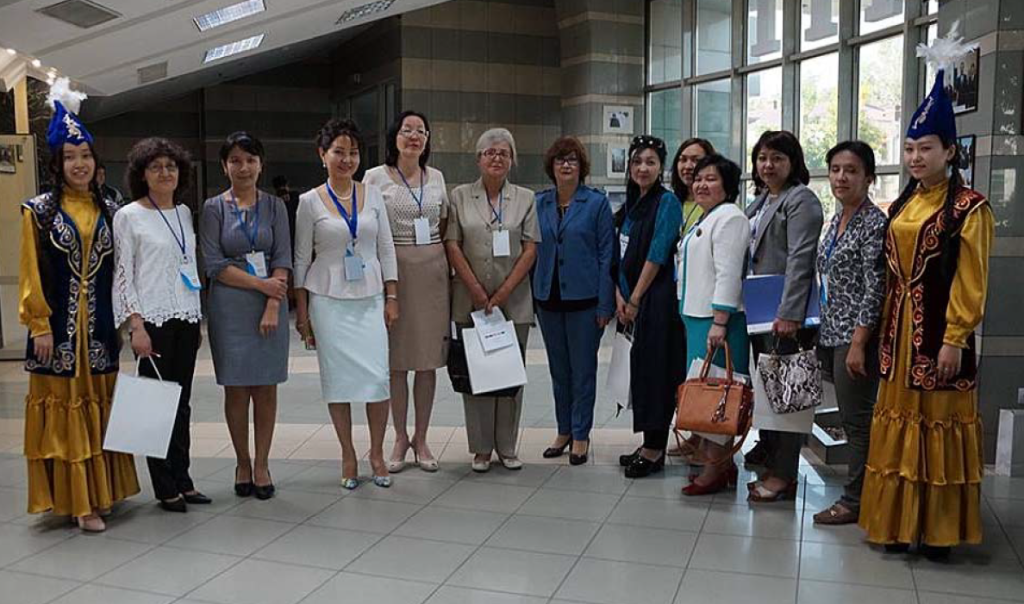

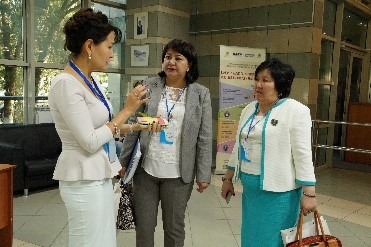


CENTRAL ASIA:
KAZAKHSTAN, UZBEKISTAN, KYRGYZSTAN, TAJIKISTAN, TURKMENISTAN
An organization for women scientists – Public Association “Central Asian Women in Mathematics Association (CAWMA)» has created in Kazakhstan!In December 2015, CWM invited proposals for funding of up to €3000 for activities or initiatives to take place in 2016 aimed at establishing or supporting networks for women in mathematics, preferably at the continental or regional level, and with priority given to networks and individuals in developing or emerging countries, see here. Seven activities with these objectives were selected. They will take place in Colombia (Latin America), India, Indonesia (S. and E. Asia), Kazakhstan (Central Asia), Mexico (Latin America), Senegal (West Africa), Tunisia (North Africa). In 2015-16, similar activities were also funded in Kenya (Africa) and Brazil (Latin America). For more details see here.Seven events were selected with these objectives in Colombia, India, Indonesia, Mexico, Senegal and Tunisia. Among them was selected and the initiative of Kazakhstan (Central Asia) http://www.mathunion.org/cwm.
Our members
International University of Information Technologies (IITU) (Kazakhstan)
National University of Uzbekistan named after Mirzo Ulugbek (Uzbekistan)
Kyrgyz State University named after Arabayev (Kyrgyzstan)
Tajik Technical University named after Osimi (Tajikistan)
Nazarbayev University (Kazakhstan)
University of World Economics and Diplomacy (Uzbekistan)
Andizhan State University (Uzbekistan)
Institute of Mathematics and Mathematical Modeling (Kazakhstan)
NGU named after S. Naamatov (Kyrgyzstan)
Urgench State University (Uzbekistan)
National University of Uzbekistan (Uzbekistan)
International Academy of management, right, finances and business (Kyrgyzstan)
S. Seifullin Kazakh Agrotechnical University (Kazakhstan)
L. Gumilyov Eurasian National University (Kazakhstan)
Tashkent State Pedagogical University named after Nizami (Uzbekistan)
Tashkent University of Information Technologies (Uzbekistan)
Republican Center of Forensic Expertise named after Kh.Sulaymanova at the Ministry of Justice of the Republic of Uzbekistan (Uzbekistan)
School of Mathematics and Cybernetics, Kazakh-British Technical University (Kazakhstan)
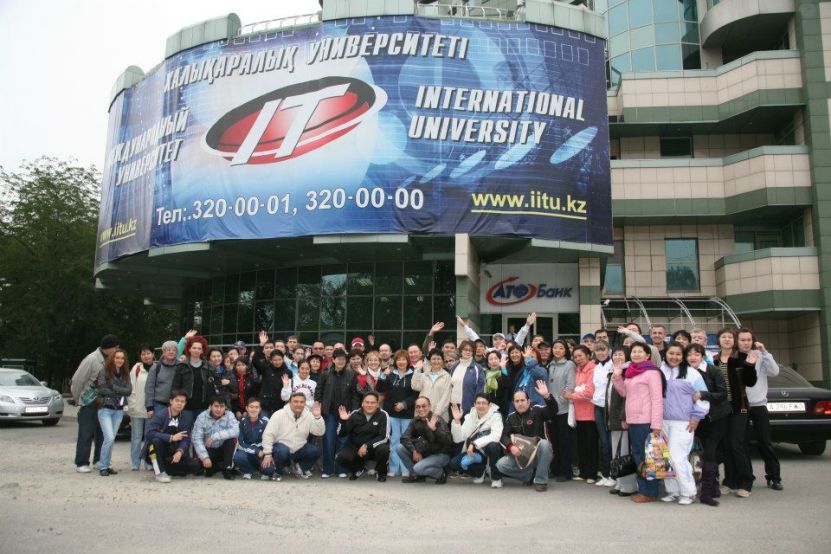
International grants and fellowships, fundraising
The main goals of obtaining a foreign scientific internship:
Receiving a grant and a successful trip to the USA,
Further career improvement (it’s easier to get new internships, participation in international programs, etc.)
Improving the financial condition of the whole family
In-depth knowledge of a foreign language
More opportunities for self-development (modern software, access to world literature, etc.), social networks
We are proud to welcome Alikhan Alipov, a third-year Psychology student at the University of Louisville, KY, USA, who completed a four-month internship with main office of the CAWMA, Almaty, Kazakhstan, from June 1, 2025 till October 15, 2025, by special invitation. Serving as a psychological consultant, Alikhan supported girls involved in STEM (Science, Technology, Engineering and Mathematics) programs by offering mentorship, emotional guidance, and practical strategies to help them thrive in academic and professional environments that are often male dominated.
Alikhan’s work was marked by empathy, cultural awareness, and a strong commitment to mental well-being. Through one-on-one conversations, group sessions, and community outreach, he helped create a safe and empowering space for young women in STEM. We are grateful for his dedication and the lasting impact he made during his time with us.
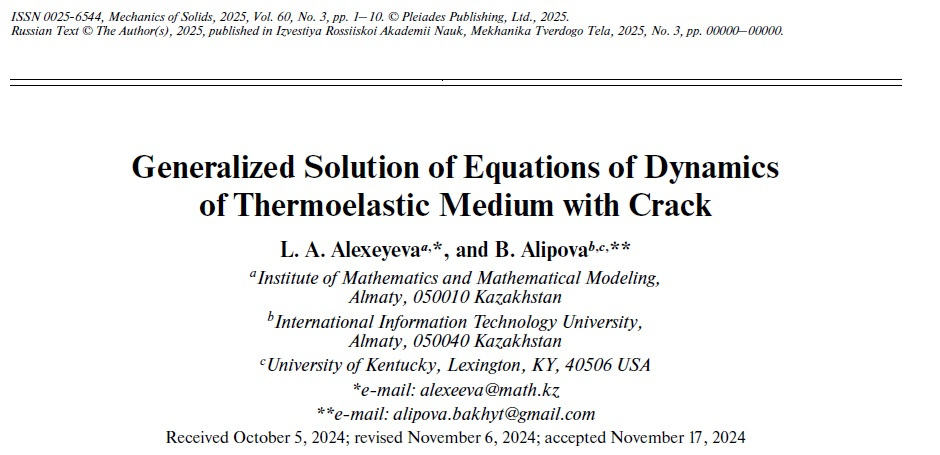
May, 2025
The dynamics of an isotropic thermoelastic medium during the formation of cracks with an arbitrary surface geometry and non-opening edges is considered. The shock thermoelastic waves arise in the medium during such a process. The energy conservation law for a thermoelastic medium is considered considering shock waves. For shock thermoelastic waves, using the method of generalized functions, conditions are obtained for jumps in stresses, velocities, heat fluxes and energy density on their fronts. The crack model determines the relationship between jumps in stresses and velocities of relative displacement of the crack edges. The problem is posed and solved in the space of generalized vector functions. The solution is presented as a tensor-functional convolution of the Green’s tensor of the equations of coupled thermoelasticity with a singular mass forces containing simple and double layers whose densities are determined by the jump in velocities, stresses, temperatures and heat fluxes on the crack edges. The latter determine the crack model and are assumed to be known.
Participation in the ISSS 2025:
The exploration of the Moon's far side and poles requires advanced communication and navigation systems, with orbits around the Earth-Moon L2 point being critical. Artificial periodic orbits, enhanced by solar sail technology, offer fuel-free, long-lasting solutions but face challenges in trajectory control due to the Sun's shifting position. Existing methods for orbit formation lack efficiency, adaptability, and robust integration with solar sail parameters. This paper develops novel computational techniques for transitioning spacecraft from natural orbits (e.g., halo or Lyapunov) to artificial ones, optimizing flight time and accuracy. The approach addresses key challenges, advancing sustainable orbit control for future Moon missions.
This research focuses on developing optimal transfer strategies for solar sail-equipped spacecraft transitioning from natural orbits, such as halo and Lyapunov, to artificial orbits in the Earth-Moon system. The study addresses two optimization problems: maximizing insertion accuracy (max-ia) and minimizing flight time (min-ft), employing Pontryagin’s maximum principle to derive the Hamiltonian function, equations of conjugate variables, boundary conditions, and transversality conditions for each criterion.
Artificial orbits, critical for lunar exploration and communication systems, require precise trajectory control due to the dynamic Sun position relative to the Earth-Moon system. Solar sails enable fuel-free operation, leveraging sunlight for propulsion, but their efficiency depends on the sail's design parameters, such as the reflection coefficient. The analysis identifies three primary factors affecting the minimum flight duration to artificial orbits: the energy of the reference orbit, the phase position difference between the spacecraft and the target point, and the spacecraft's initial phase position. The spacecraft's energy and orbital state are characterized by the Jacobi integral, while phase position differences depend on temporal offsets between the spacecraft and the target.
For resonant orbits, minimum flight duration occurs when the Jacobi integral value of the reference orbit matches the target orbit's average, the phase position difference is zero, and the spacecraft's initial phase position aligns optimally. These conditions yield efficient trajectories and control variable adjustments, depicted in trajectory and control diagrams. Conversely, for cylindrical orbits, optimal conditions are achieved when the reference orbit's Jacobi integral exceeds the target orbit's average, with specific phase position differences and initial spacecraft positioning.
June, 2025
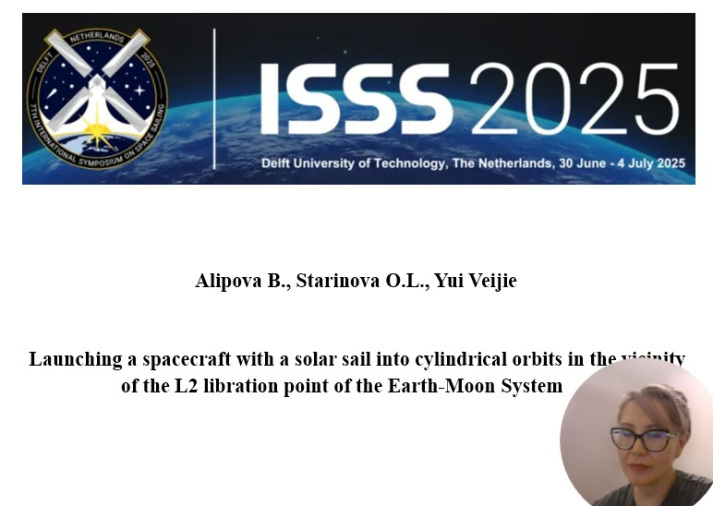
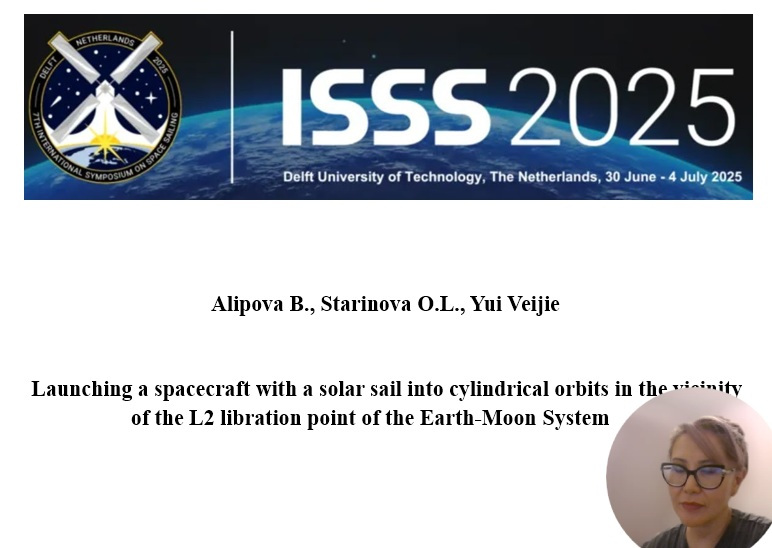



© COPYRIGHT 2024 cawma.org | wacademy.io







